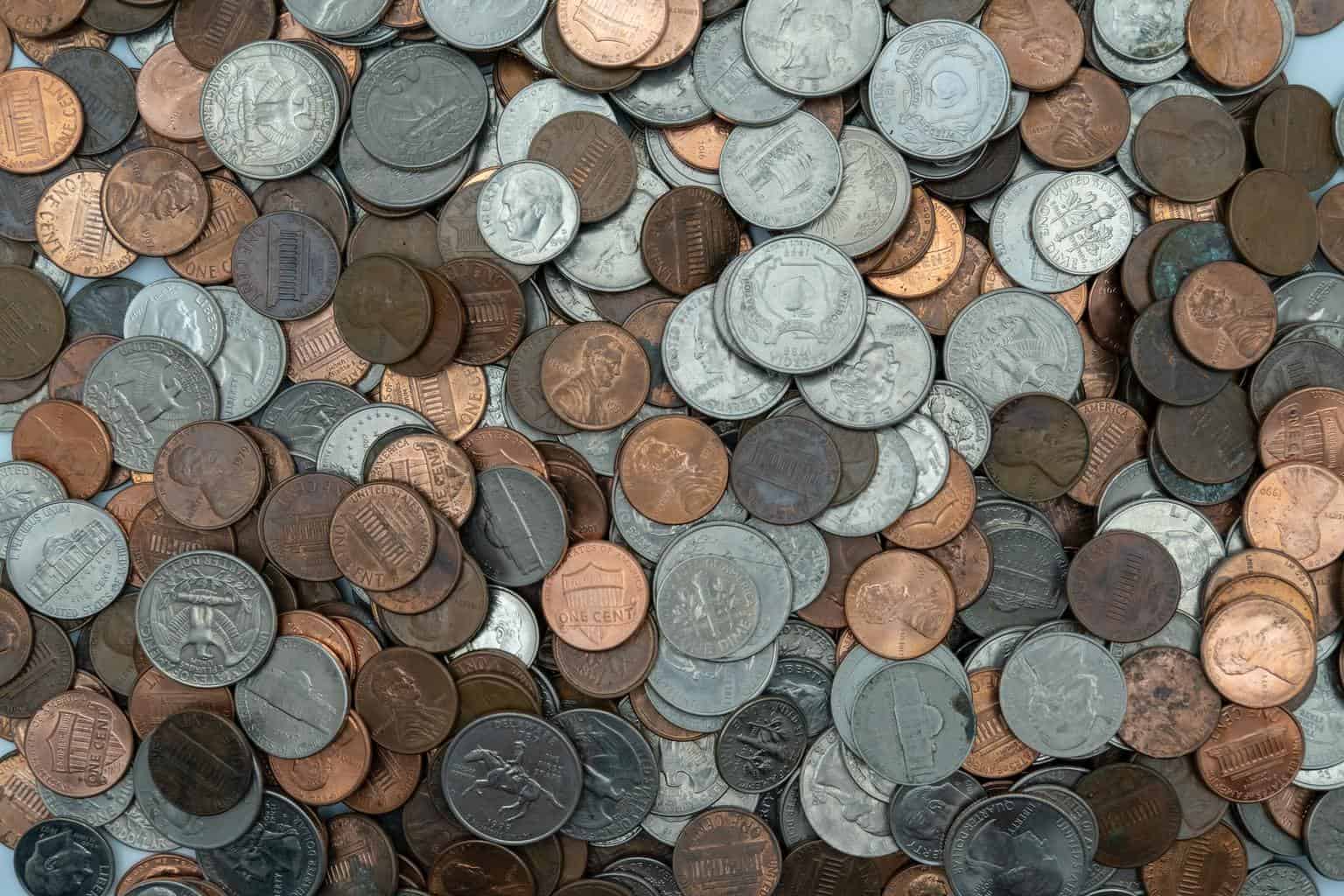Overdrafts—payments or withdrawals you make when there aren’t enough funds in your checking account to cover them—do not directly affect your credit scores. Overdrafts can be symptoms of financial problems that do affect your scores. However, fees for overdraft protection services can even aggravate those problems.
Overdrafts have become more common amid recent financial instability and reductions in household income. With overdraft protection, a service available with most checking accounts, your financial institution allows transactions to go through even if your account lacks the necessary funds. This can spare you embarrassment and returned-payment penalties from your creditors, but it’s not free. Your financial institution charges fees for providing this convenience and those fees that can compound the cash-flow issues that caused the overdraft in the first place.
According to The Consumer Financial Protection Bureau (CFPB), 5% of checking account holders overdraft more than 20 times per year. Statista claims that the average overdraft fee amounted to $33.47 in the United States in 2020 (up from $21.57 in 1998). This means a significant number of people are vulnerable to overdraft and likely to pay record-high amounts — two factors that combined can spell trouble.
Overdrafts don’t directly affect credit scores because banking information is not reflected in the credit reports used to calculate credit scores. Compiled by the three national credit reporting companies (Equifax, Experian, and TransUnion), credit reports document your history of borrowing and repaying money in the form of loans, credit cards, and other types of credit. Credit scoring systems such as FICO Score and VantageScore calculate credit scores by analyzing your credit reports. Since credit reports do not record overdrafts (or any other information related to your bank accounts), overdrafts don’t harm your credit scores.
Understanding Overdraft Fees
There are four types of overdraft fees to consider:
- Traditional overdraft fee. This is the $30-$35 fee you get when overdraft protection enables a transaction that exceeds the amount of money available in your checking account.
- Extended overdraft fee. Also known as a sustained overdraft or extended overdrawn balance fee, this fee is charged to account holders who allow their account balances to stay negative beyond a time limit spelled out in your account agreement. You usually have between 5 and 7 days to get money back in your account to avoid this charge.
- NSF fee. Banks and credit unions may charge non-sufficient funds (NSF) fees when the account holder initiates a payment or withdrawal (e.g., uses their debit card at a store, restaurant, etc.) for an amount that exceeds their available account balance.
- Overdraft transfer/protection fee. Financial institutions charge these fees if you trigger a form of overdraft protection that uses a second account, such as a savings account, as a backup for your checking account. Under this arrangement, if you overdraw your checking account, the bank automatically transfers funds from the backup account to cover the overage—and charges a fee for the service. This fee is typically lower than a traditional overdraft fee.
Note that account holders are only ever charged one or the other when it comes to overdraft fees and NSF fees.
How Overdrafts Affect Credit Scores Indirectly
While overdrafts have no direct influence over your credit scores, there are two ways they can affect your credit indirectly if you’re not careful:
If you overdraw your account while paying a loan or credit card bill and don’t have a form of overdraft protection to cover the transaction, you could end up with a late or missed payment—an event that’s recorded in your credit report and that typically has a strong negative effect on your credit scores. (In addition, your creditor will likely charge you a fee or penalty for making an insufficient payment, so it’ll cost you money as well.)
If you don’t replenish your checking account after it goes in the red, or you otherwise fail or refuse to pay overdraft fees charged by your bank or credit union, the institution could turn that unpaid obligation over to a collections agency. Debts turned over to collections agencies are recorded in your credit reports. Lenders view them as red flags, and they typically cause drops in credit scores.
While unaddressed overdrafts aren’t disclosed to lenders through your credit reports or credit scores, you should be aware that they are tracked and available to other financial institutions. A company called ChexSystems maintains records of checking accounts with outstanding unpaid fees or that financial institutions have closed on bad terms. A poor ChexSystems reports will not affect your credit applications, but it can prevent you from being able to open a new checking account.
Do You Need Overdraft Protection?
Overdraft protection is a common option at nearly every financial institution. It’s offered at no cost, but of course, you pay for it if you use it, in the form of overdraft fees. If you seldom overdraw your checking account, it can be a welcome convenience, worth the infrequent fees you’ll pay.
On the other hand, if you find yourself subject to frequent overdraft fees—which can draw down your account balances and make additional overdrafts more likely—you can decline overdraft protection or ask to have it removed from your account. If you do so, you won’t be charged any more overdraft-protection fees, but intended recipients of your payments will be alerted that you have insufficient funds and may charge you penalties or fees as a result. Your financial institution also could still charge you NSF fees on transactions that exceed your available funds.
How Can You Avoid Overdrawing Your Credit Limits?
The CFPB found that one in three checking account holders (33.4%) are subject to overdrawing their credit limits at least once over a 12-month period, and nearly 19% (18.8%) did so more than three times annually. Contributing factors vary but may generally include low account balances, irregular deposit frequency, and limited access to personal credit such as credit cards that could be used to cover payments when checking balances are low.
No matter the underlying cause, a good approach to avoiding overdrafts is to be more proactive and hands-on with your finances.
This can include:
- Go back to basics. The use of paper checks and handwritten check registers is fading fast. However, it’s still good to adopt the old-school discipline of balancing a checkbook. Keeping track of every deposit and withdrawal (and overdraft fee, if appropriate) can help you know exactly how much money is available in your checking account, so you avoid errors and overdrafts. Your financial institution may provide a smartphone app that helps with this effort; there are also a number of free and low-cost independent apps that can do the job.
- Low-balance alarms. Your bank or credit union may enable you to set up notifications by email, text, or through its smartphone app that lets you know when your account balance drops below an amount you choose. This can help prevent transactions that your funds can’t cover.
- Direct Deposit. Arranging for your paycheck and other income sources to be deposited directly in your checking account can eliminate delays that require you to get to a branch office, ATM, or even remember to make a smartphone deposit and then wait for deposits to process.
- Paying with cash when you can. It can be easy to lose track of debit card transactions, especially when using a card frequently or running tabs at restaurants or nightspots. Getting in the habit of carrying cash instead can help you set limits on your spending and avoid using more funds than you have in your account.
- Keep a cushion of extra cash in your checking account. It may not always be feasible, but if you can manage it, it’s always better to keep more in your checking account than you routinely need to spend. That way, occasional extra spending that happens on occasion won’t be so detrimental.
Overdraft protection is something of a paradox: It can give you peace of mind as long as you expect never to use it, but if you must resort to it often, it could prove more costly than it’s worth. Whether you decide to take advantage of it or to forgo it, it’s a good idea to get a firm handle on your checking account. Knowing how much you have available to spend can prevent overdrafts and the headaches (and fees) that can accompany them.







